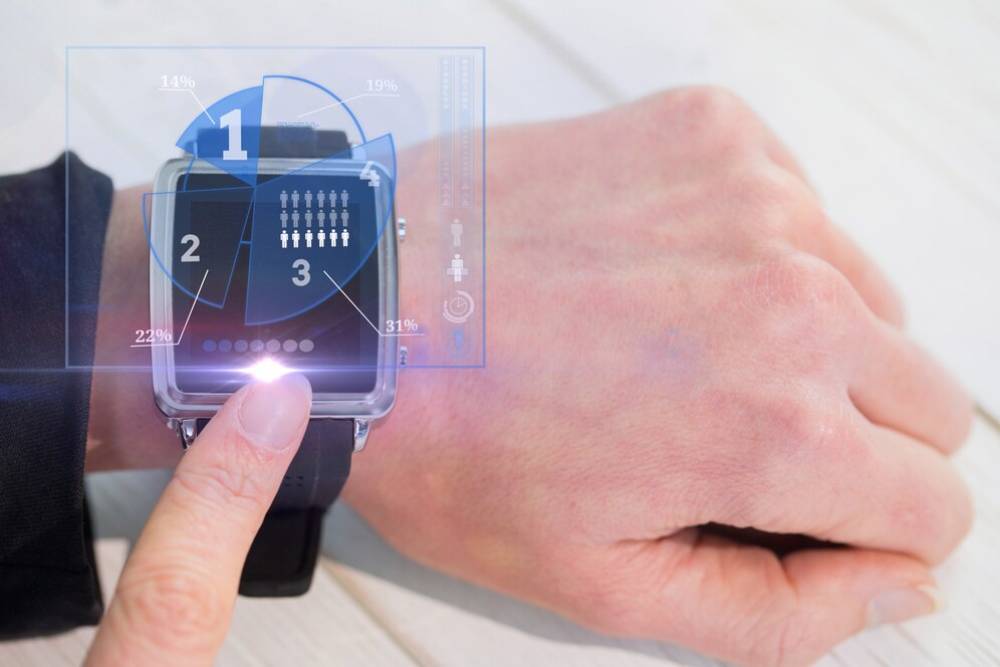
Data Privacy Concerns in Health Tech Devices
Wearable devices are now essential for tracking and enhancing health. They play a key role in the fast-changing world of healthcare innovation. These devices, like fitness trackers and smartwatches, give users real-time health data. This helps them make better choices about their wellbeing. However, as the adoption of these technologies grows, so do concerns about data privacy and security. In this blog, we’ll dive into data privacy issues in health tech devices. We’ll look at how these concerns affect users and the healthcare industry.
Wearable health tech devices are now popular with both fitness fans and patients with chronic illnesses. These devices track heart rates, activity levels, glucose, and oxygen saturation. They provide strong benefits. Yet, they also collect highly sensitive personal information. When such data is mishandled, misused, or leaked, the consequences can be profound.
It’s important to balance innovation with data privacy as healthcare goes digital. Companies can’t just promise cutting-edge technology anymore. They also need to keep user information safe and secure.
Why Data Privacy in Health Tech Matters

Wearable devices have changed how people manage their health every day. However, with this innovation comes the critical issue of health tech privacy. Understanding why data privacy is paramount in health tech devices is essential for both users and developers.
The Importance of Health Data Security
Health data is sensitive. It holds personal information that can cause privacy breaches if mishandled. Wearable devices gather a lot of information. This includes heart rate, sleep patterns, activity levels, medication schedules, and location data. Aggregating this information can build a detailed profile of a person’s health and lifestyle.
Data security in wearable devices is key. It protects users from possible misuse of their information. Data security breaches can cause identity theft, job discrimination, and unauthorized spying. They may also lead to social stigma. Maintaining strong data protection is both a legal duty and a moral must for health tech companies.
Sensitive data can fall into the wrong hands. When this happens, it can reveal mental health conditions, reproductive health details, or genetic risks. Misusing this information can impact more than just the digital world. It may also affect someone’s personal, financial, and work life.
Real-Life Applications and Concerns
The practical applications of wearable devices in healthcare are vast. Patients with chronic conditions can use these devices to track their health metrics. This gives healthcare providers important data, helping them manage these conditions better. Health professionals can access this data from anywhere. This helps them provide more proactive and personalized care.
However, this convenience comes with the risk of data being accessed by unauthorised parties. Recently, cybercriminals have targeted health tech devices and their companion apps. In 2021, a big fitness tracking company had a data breach. This exposed the personal data of over 150 million users. People were very worried about the safety of health information stored in the cloud.
These breaches not only compromise user data but also erode public trust in the technology. If users don’t trust how their data is protected, they might skip wearables. This choice can slow down progress and reduce the potential of digital health.
Additional Expert Tips and Common Mistakes to Avoid
As the health tech industry continues to grow, it is crucial to adopt best practices to safeguard data privacy and security. If you’re a developer making new wearables or a user depending on a smartwatch for health updates, it’s important to know how to reduce risk.
Best Practices for Health Tech Privacy
- Encrypt Data: Wearable devices must encrypt all data. This stops unauthorised parties from intercepting it. This includes both data stored on the device and data sent to cloud servers. End-to-end encryption ensures that only the intended recipient can access the data in readable form.
- Regular Security Audits: Regularly assessing security can spot weaknesses in health tech devices and their software. These audits should be part of an ongoing commitment to data privacy and not just a one-time checklist.
- User Education: Educating users about the importance of data privacy and how to protect their information is crucial.
This includes tips on: - Setting strong passwords
- Turning on two-factor authentication
- Updating software often
- Spotting phishing attempts
- Clear Data Policies: Organizations should write privacy policies in simple language. Users should be able to easily understand what data is collected, how it is used, and with whom it is shared.
Common Mistakes and Misconceptions
- Neglecting Software Updates: Not updating device software can leave security gaps. This makes users more vulnerable to breaches. Developers should ensure that updates are easily accessible and well-communicated to users.
- Overlooking Third-Party Risks: Many wearable devices depend on third-party apps and services to work better. It is essential to vet these partners thoroughly to ensure they adhere to stringent data privacy standards.
- Assuming Compliance Equals Security: Regulatory compliance is important. It does not guarantee data security. Companies should do more than just meet legal requirements. They need to create advanced security protocols that fit their specific technologies and risks.
- Storing Unnecessary Data: Collecting and storing more data than necessary increases exposure. Developers should adopt a data minimisation approach—collecting only what’s needed and retaining it only for as long as required.
Advanced Insights and Expert Recommendations
To tackle concerns about data privacy in health tech, experts suggest a multi-faceted approach. This includes technology, regulations, and ethics.
Technological Innovations in Data Security
New technology brings fresh chances to improve data security in health tech devices.
- Blockchain: Blockchain can offer a secure and unchangeable record for health data. It lowers the chance of tampering and keeps unauthorized access at bay. This can give users greater control over how and when their data is shared.
- Artificial Intelligence: AI and machine learning can spot anomalies and security threats quickly. They alert users and admins about suspicious activities, helping prevent major damage.
- Zero-Trust Architecture: This model assumes no device or user should be trusted by default, even within a network. Instead, strict verification protocols are enforced every time a user or device requests access to data.
Regulatory Frameworks and Compliance
Regulatory bodies play a crucial role in setting standards for data privacy in health tech:
- General Data Protection Regulation (GDPR): In the UK and EU, GDPR offers a strong framework for protecting personal data. It grants users rights such as access to their data, the ability to rectify errors, and the right to be forgotten. Any company handling UK or EU residents’ data must comply.
- Medical Device Regulation (MDR): Medical devices must meet safety, performance, and data handling standards.
- International Standards: Following ISO standards, such as ISO/IEC 27001 for information security management, shows a commitment to best practices in data governance.
Ethical Considerations
Beyond technological and legal measures, ethical considerations are vital:
- Transparency: Organisations must clearly inform users about what data is being collected and how it will be used. This includes making it easy for users to opt-in or opt-out of data-sharing agreements.
- Informed Consent: Users must give clear, informed consent before collecting their data. This is especially important in clinical trials or remote monitoring programs.
- Equity and Accessibility: Privacy protections should be equitable. Vulnerable groups, like the elderly, people with low digital skills, or those with fewer resources, should not be neglected. They deserve strong protections.
- Accountability: When breaches occur, organisations must take swift, responsible actions. This includes notifying users, cooperating with authorities, and implementing corrective measures.
Conclusion: Navigating the Future of Health Tech Privacy

Wearable devices are changing healthcare. So, it’s crucial to focus on data privacy concerns. The health tech industry can protect user data and build trust. It does this by using strong security measures, following rules, and focusing on ethics.
Users must stay informed about data privacy practices. They should also take steps to protect their information. This means you should check privacy settings often, use secure devices, and work with tech providers who are clear and trustworthy.
In conclusion, the path to secure health tech devices continues. It needs watchfulness, creativity, and teamwork. The healthcare ecosystem includes users, developers, regulators, and providers. They must work together. Privacy should be a key design principle, not an afterthought.
Health tech has great potential. But to fully realise it, we must prioritise privacy and security. By following these principles, we can enjoy the benefits of wearable devices. This way, we also protect the dignity, freedom, and well-being of users everywhere.


